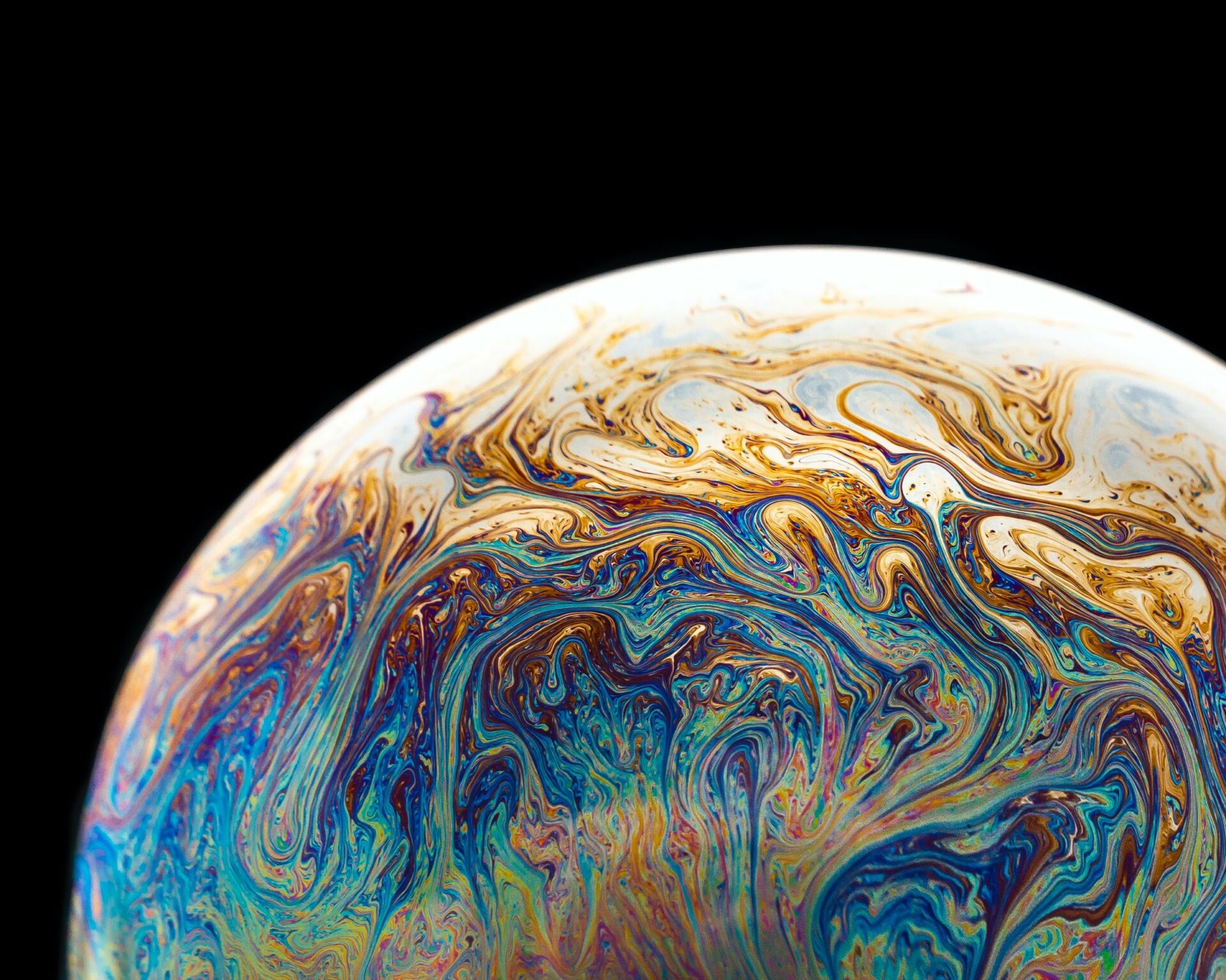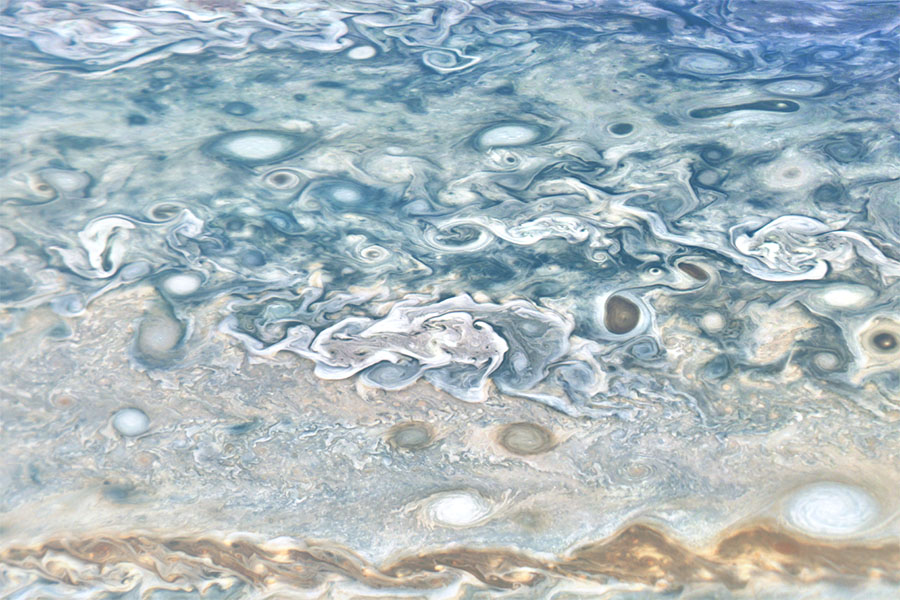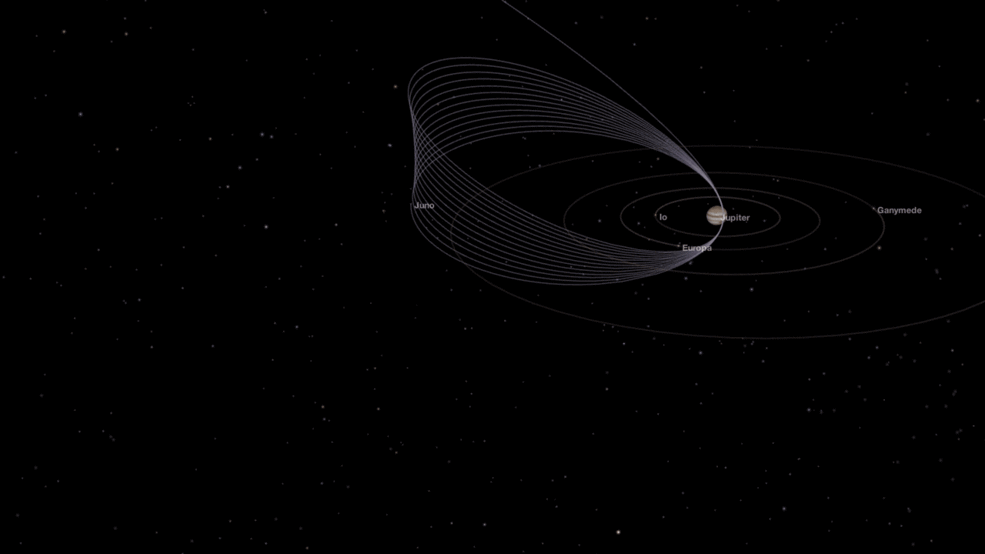Most of the recent images of Jupiter were taken by the Juno probe, which has been in orbit around the gas giant since 2016. Thanks to the spacecraft, we can admire the impressively beautiful atmosphere of Jupiter, which at the same time is a scientific mystery. To solve it, scientists invite everyone to help science by determining the atmospheric features of the planet, studying the data collected by Juno.

The project, founded by scientists from the University of Minnesota together with NASA, was named Jovian Vortex Hunter. Its idea is to classify the different types of Jupiter clouds in terms of their shape and size.
What do they need to find?
Volunteers are asked to find certain features of Jovian clouds from a huge catalog of images captured by JunoCam. Vortices – clouds of round or elliptical shape, resembling giant terrestrial hurricanes, are of great interest.

“There are so many images that it would take our small team several years to study them all. We need the public’s help to determine which images have vortices, where they are and how they appear,” said project manager Ramanakumar Sankar.

The project uses the Zooniverse platform to issue images, which are then studied by volunteers for the presence of vortices. After filling in the data, it can be used both for scientific analysis and for training the algorithm to work with the identification of signs, which at this stage copes with such a task worse than a person.
Don’t be afraid to make mistakes
At the same time, people are “allowed” to make mistakes. Scientists have found benefits in the process of making mistakes by volunteers. If someone has difficulties with identification or different volunteers disagree — this already represents important data for researchers.
“If one person has problems categorizing an image, maybe others have too. This may indicate that we have found something new or unique that we are studying more closely,” Sankar explained.
For participation in the project, you can visit the Jovian Vortex Hunter website.
Follow us on Twitter to get the most interesting space news in time
https://twitter.com/ust_magazine

